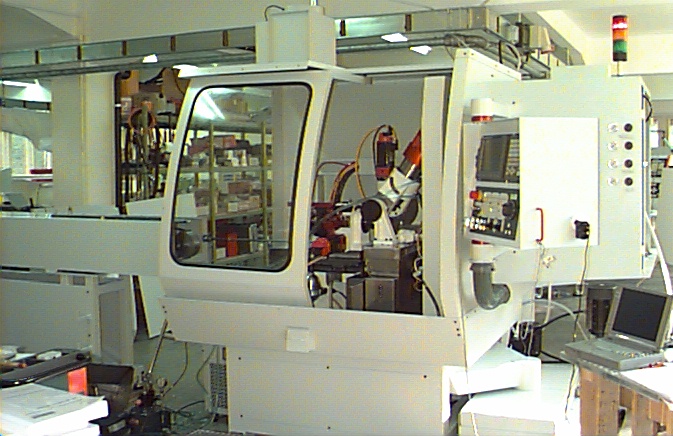
The robot companies' stock prices zoomed. A major brokerage firm had an analyst who, in all sincerity, was devoted to promoting the boom. Robots became high fashion in journalism.
In the end, the phoniness served to discredit robots to serious people and the bubble burst. Why?
Hype. There was gross exaggeration, by some, of the nature and capability of robots ("electronic brains" etc.) There was the will to believe that a good thing was about to happen. There was, and is, the pervasive, and deliberately planted, confusion of science fiction and science truth.
There was an unusually high level of professional conceit among the technical promoters. There was the usual practice of hype, with wishful thinking, to promote money and careers.
A grey area exists in which hype give way to hoax; perhaps the difference is the intent of the speaker. Civilization has a long history of bubbles; the book "Extraordinary Popular Delusions And The Madness of Crowds" by Charles Mackay is a classic study.
Are robots a passing hoax, then? No. There are real, productive robots which are valuable, cost efficient, smart machines. Some are used as part handlers to load and unload fabricating machines such as machine tools. Some are used as tool handlers, spot welders, arc welders, paint sprayers, de-burrers, and sealant dispensers. Some are used in automatic assembly machines.
More and more automatic or remotely controlled machines are called "robots" or "robotic" to benefit their makers and buyers with the glamor of the word "robot." All are intended to replace people at net savings to the manufacturers who invest their cost reduction budgets in robots.
Many robot tasks cannot be programmed exactly in advance because real world operating conditions cannot be predicted exactly. For example, consider the requirements to pick up the top part from a stack of parts, or put down a new part on a stack. Since the part thicknesses vary, one cannot predict the exact position of each part. The same goes for parts in a tray, the location of a conveyor fixture, etc. Means must be engineered to position the robot at the position really required. For another example, consider the problem of putting a part into a very close fitting holder such as a lathe collet, when the clearance between part and holder is less than the positioning accuracy of the robot. Adaptive means other than brute force accuracy are required.

Most robots are internally programmed and merely go through the programmed cycle when given a simple start signal. However there are many robots which combine an internal program with obedience to commands from outside. Here are some examples:
Automatic storage and retrieval robots (automatic warehouses) are commanded from outside either to transfer an object from a designated pickup point to a designated position in storage or vice versa. The detail motions are internally programmed. Such robots are made in sizes to handle "objects" from tape cassettes to pallets carrying diesel engines. The commands may come from a computer which controls a larger operation, in which case the robot computer and the computer which commands it are said to form a hierarchy.
Remotely controlled robots include satellites and space probes which send data by radio back to their human controllers ("telemetry") and receive commands by radio from their human controllers. The detail actions are internally programmed. It is argued that such remote control makes it unnecessary to sent people into space.
Mobile robots travel around under some combination of automatic control and remote control. Among them are vehicles for mail delivery, surveillance and police tasks, material transportation in factories, military tasks, and underwater tasks like inspecting pipelines and ship hulls and recovering torpedoes.
Although the word, robot, is used at almost every opportunity because of its prestige, it is usually not applied to machine tools. However many machine tools are computer controlled and the control program is replaced for each different product to be made by the machine tool.
| [ Select and Purchase one of Mr. Kamm's Books] |
Click on number to jump to page.